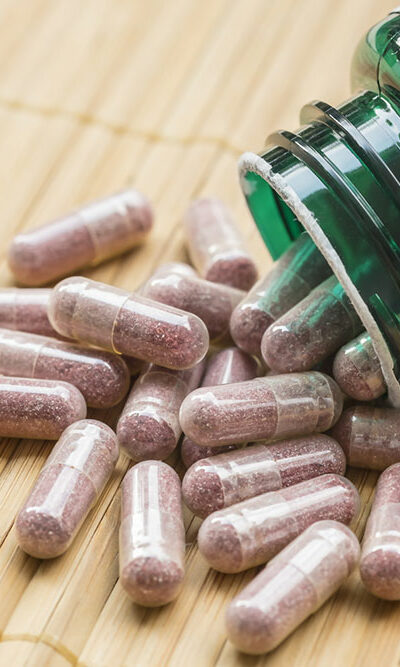
Manage chronic myeloid leukemia symptoms with these dietary tips
Chronic myeloid leukemia is a rare type of blood-cell cancer that starts in the bone marrow. Generally common among older adults, this type of leukemia is caused due to spontaneous chromosome mutation. Treatments usually include chemotherapy, biological therapy, stem cell transplant, and targeted therapy. Along with these treatments, it is essential to pay close attention to diet as well. Here are a few important dietary recommendations for those with chronic myeloid leukemia. Eat lots of vegetables It is recommended that one should have steamed vegetables to get all the essential nutrients. Stir-fries are also a healthy option; a stir-fried meal of carrots, broccoli, mushrooms, and an assortment of peppers not only tastes good but also has several important vitamins and minerals. Another option is making soups, especially from green leafy vegetables including chard, collard greens, mustard greens, kale, and spinach. Vegetable juice with low-sodium content is also recommended. Increase servings of fresh fruits Those suffering from chronic myeloid leukemia should have five to ten servings of fruits every day. Fresh fruits are one of the richest sources of nutrients that fight cancer cells. Fruits contain all the essential vitamins, minerals, phytochemicals, and antioxidants. Make sure to add fruits to salads, breakfast cereals, yogurt, smoothies, pancakes, and wherever possible so that the daily dietary requirement is fulfilled. Eat tummy-soothing foods One of the most common treatment options for leukemia is chemotherapy. While this treatment kills cancerous cells, it wreaks havoc on the digestive system with side effects such as nausea and vomiting. At such times, it is advisable to eat foods that cool down the stomach. Avoid spicy foods and caffeine. Instead opt for crackers, camomile tea, popsicles, ginger ale, and other clear liquid-based food. Avoid uncooked food Chronic myeloid leukemia treatments often lead to low levels of neutrophils, which are a type of white blood cell.










